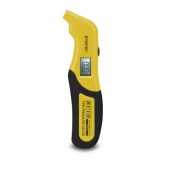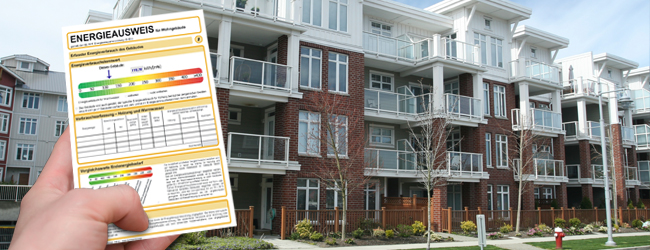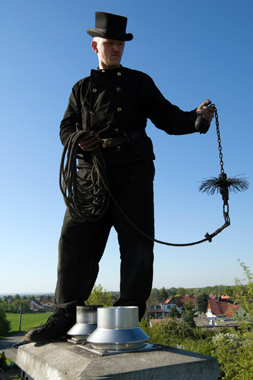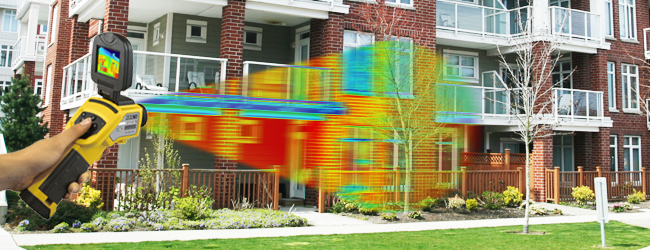
It’s the same story every year. No sooner have you turned up the heating to keep the biting cold at bay than your nose dries up, your eyes start to smart and everyone in your family develops an uncontrollable tickly cough and cracked, itchy skin. These are symptoms which can be linked directly to the dry air in rooms, which, for example, causes the mucous membranes in your nose to swell up and become irritated – and more susceptible to germs and bacteria, leaving you and the other members of your family open to colds and viruses. So isn’t there anything you can do to stop getting ill this coming winter?
Well, yes there is actually. Here’s a list of invaluable tips that will help you get through the colder winter months and make life less of a misery and more of a joy:
Tip No.1 – Make sure that you drink enough. Hot beverages like tea are just right at this time of the year. There are hundreds if not thousands of varieties to choose from. Spice up your day with green, white, red, herbal or flavoured teas and experiment with what Mother Nature has to offer. Camomile or sage tea, for example, possess anti-inflammatory properties that work wonders to soothe your sore throat.
Tip No.2 – Humidifiers. Air that has been heated becomes less humid. In other words it is dry – too dry for the average person. Humidifiers add moisture to the ambient air and even filter airborne allergens like household dust, pet hairs or mould spores out of the air if they have a built-in air filter. This does our nasal mucosa, the tissue lining our nose, no end of good. You can also treat your air passages to a deep and relaxing experience by adding a few drops of essential oils to the tank of your humidifier. In fact by varying the type of oil you use, you yourself can determine whether you wish to relax or sharpen your senses – simply let your imagination guide you.
Tip No.3 – Gargling and nasal rinsing. Gargling may be something you only normally do in the mornings when you have finished brushing your teeth. And nasal rinsing is something that you may only have read about without thinking that it would ever catch on. But both household remedies rank high among the effective things you can do to prevent your sinuses from clogging and your throat from swelling. There are either ready-mixed solutions which are available at your local chemist’s or pharmacist’s – or you may feel the urge to concoct your own mixture using ample measures of sea salt and tap water. You will find there are like-minded people out there who swear by it.
Tip No.4 – Nasal sprays. You need only to go to the chemist’s to see for yourself just how many different brands there are on the shelves. But not all are designed to combat the common cold – there are also the less controversial ones, ones which can be used to ensure that the mucosa in your nose remains pleasantly moist and therefore less prone to itching and swelling. You should of course choose the sprays that do not contain decongestants or preserving agents – sprays with seawater or hydro-sprays with essential oil extracts are all the rage. Your nose will thank you for it.
Tip No.5 – Fresh air. Yes, your mum was right! Remember how she always used to get on at you when you didn`t feel like setting a foot outside? A breath of fresh air still works wonders for your immune system – you could try walking to work or going out for a stroll during your lunch break. And don’t let the weather stop you. Drizzle is especially good for your mucous membranes.
So as you can see there are a number of things that can help to relieve a broad range of irritable complaints and stop you from catching a nasty cold this winter: lots of tea and other hot beverages, gargling and nasal rinsing, certain nasal sprays and lots of fresh air too. And, oh yes – a humidifier. Like the ones from Trotec.

 Cows can be very choosy. It’s a well-known fact. And being choosy, they tend to be very picky when it comes to the way they are kept.
Cows can be very choosy. It’s a well-known fact. And being choosy, they tend to be very picky when it comes to the way they are kept.







